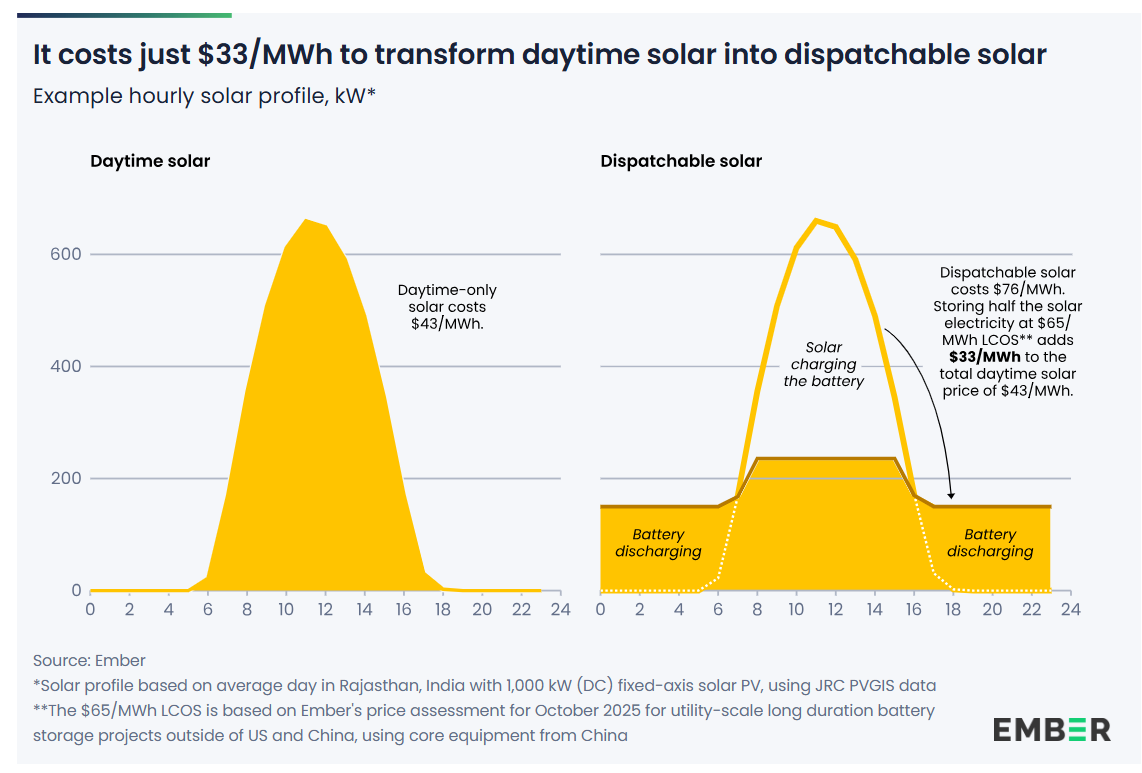With the role of distributed storage in the energy transition growing by the day, Guidehouse Insights, the market intelligence arm of Guidehouse, has released a report outlining the leading distributed energy storage (DES) integrators.
The report, Guidehouse Insights Leaderboard evaluates the strategies and corresponding execution methods of 15 DES integrators, based on 10 criteria: vision; go-to-market strategy; partnerships; technology; geographic reach; sales, marketing, and distribution; product performance; product portfolio; pricing; and staying power.
After that analysis, Guidehouse ranked the top-10 integrators, starting with Engie and followed by Enel X and Tesla:
- Engie
- Enel X
- Tesla
- Honeywell
- Con Edison Battery Storage
- EDF
- Nant Energy
- Greensmith Energy
- Lockheed Martin
- AMS
According to the report, what separates the leaders from the pack is those companies’ shifting focus away from the origination and development of projects to acting as pure-play integrators that provide integrated hardware and software solutions.
To highlight just what an integrated hardware and software solution looks like, look at Engie’s Distributed Energy Resources Management System (DERMS). Under the DERMS platform, Engie develops, designs, finances, installs and operates a distributed resource solution for a customer, with the platform being entirely customizable for that customer’s needs. The platform is comprised of seven value proposals that allows customers to tailor a solution for more specific needs: reliability-as-a-service; energy communities; mobile storage; PV/wind and storage; demand side management; vehicle-to-grid and flexible power plant, all of which are explained in depth here.
Operating in a similar fashion is Enel X’s intelligent DER optimization software, a platform upon which the company uses a localized site control system to direct DER storage and operations. The software enables customers to select the operational mode that best suits their system, allowing for response to load fluctuation, and overall storage system management. In application, the service enables: peak shaving, energy time shifting, renewable integration, EV charging, voltage/frequency support, critical load support and back-up and microgrids.
Tesla offers a software similar to Engie’s DERMS and Enel X’s DER optimization software. The platform offers many of the same services, with some additional applications.
And, with a list dominated by companies offering lithium-ion storage solutions, recognition should go out to Nant Energy. In addition to the company’s smart energy management software, Nant offers zinc-air batteries, which use oxygen from the atmosphere to extract power from zinc. The company touts that, due to the abundance of zinc, zinc-air battery production costs are the “lowest of all rechargeable batteries today,” while also touting the technology’s practical advantages over other battery chemistries, highlighting safety, tolerance to abuse and longer standby life. The company also offers zinc-air-plus-Li-ion battery hybrid energy storage systems.
Just how much potential does distributed storage have? A recent report found that transmission and distribution investments could largely be deferred by adding distributed battery storage, saving $344 million per year in Texas alone.
This content is protected by copyright and may not be reused. If you want to cooperate with us and would like to reuse some of our content, please contact: editors@pv-magazine.com.









https://youtu.be/ggdYts4muu0
Worth a watch for more information on Tesla’s DES software.